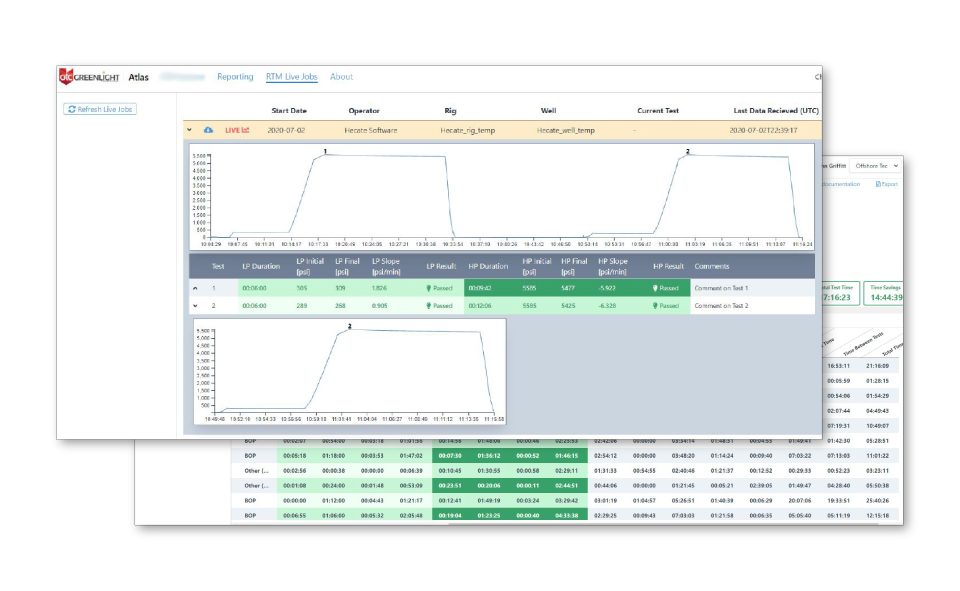- Have any questions?
- +985-727-7400
Have the Rules for the Gulf of Mexico Changed Again?

Flat or Curved?
October 23, 2017
GREENLIGHT-Yard Given the Green Light
October 23, 2017
“The rules keep changing” is a common refrain heard during Gulf of Mexico operations after the most recent set of regulations for well control systems were put into force on July 28, 2016, by the Bureau of Safety and Environmental Enforcement (BSEE). However, the regulatory text regarding well control systems has not been modified since then. The perception of change is actually being driven by the specific focus of BSEE as they inspect offshore operations.
Ben Madison, Engineering Manager, OTC Solutions, said, “There is inherent risk when focus is only on what the government is inspecting and not the full operation. If a particular requirement has never been mentioned to a rig crew before and is suddenly brought up during one of our rig visits – it seems like a brand new rule, even though it has been a requirement since July 2016.”
Doug Foster, VP of Operations at OTC Solutions elaborated, “In this type of situation clients can get frustrated with us for bringing it up, but we would be irresponsible if we did not inform them of the exposures.”
The new regulation adds multiple industry standards to the rule (e.g. API Standard 53, API Specifications 16A, 16C and 16D), each of which includes detailed requirements for every component of the well control system. “This has been a major learning curve for the industry,” said Madison, “and incorporating these changes into operations is a gargantuan task for anyone.”
As a way to minimize this burden, OTC Solutions prefers to break the requirements into four fundamental areas: design, maintenance, testing and documentation. “If you look at each piece of the system through this lens, the regulation starts to look like digestible chunks instead of page after page of legal text,” Madison explains.
Foster added, “One other aspect to consider here, as well, is rental equipment vendors. The leaseholder is expecting and depending on their vendors to follow all applicable regulations. However, we’ve found that this isn’t happening as well as it could be. It is evident in both condition of equipment and quality of documentation that some rental providers have studied hard and are putting forth a solid effort while others are simply trying to respond to what they hear about. As the government’s focus shifts, you run into situations where leaseholders have liabilities they didn’t know they had.”
In order to foster a more comprehensive understanding of the regulatory environment, it is vitally important that people gain a full understanding of the regulations in their entirety, rather than reacting and responding to the regulatory ‘hot topic’ of the week.
In next month’s Compliance Corner eNewsletter, OTC will take a more detailed look at some of the more common gaps found in regulatory compliance.

